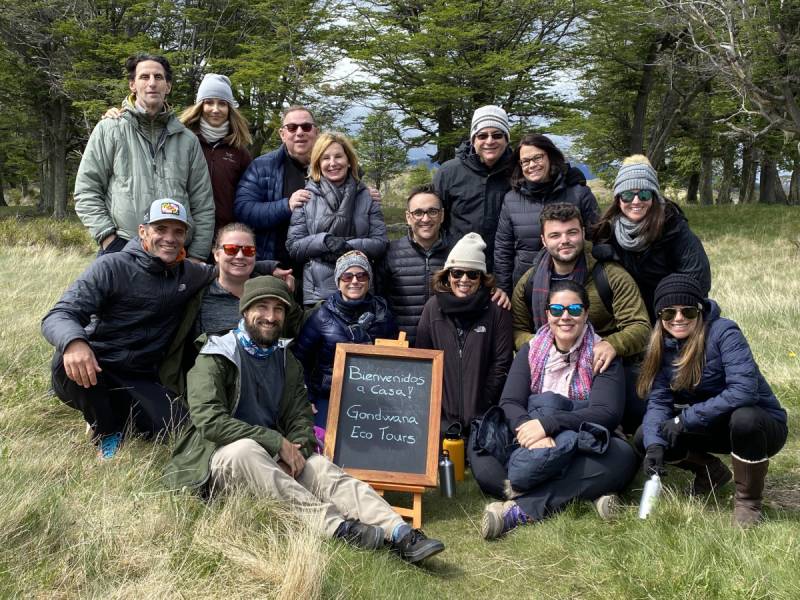Exploring The Dynamic Culture of Tanzania
Download Travel Details >PRIVATE & SMALL GROUP TOURS TO THE WORLD'S BEST DESTINATIONS
Join Us For A Safari In Tanzania

Planning The Ultimate Adventure in Tanzania
Hidden in the heart of East Africa lies Tanzania, a country that is known for its incredible landscapes and diverse wildlife. While the country is renowned for both its breathtaking safaris and challenging treks up Mount Kilimanjaro’s steep slopes, the culture of Tanzania also provides visitors with something to appreciate. From the Maasai tribesman to the Akie hunter-gatherers, the people of Tanzania welcome visitors to explore their rich heritage and vibrant culture, so that they can gain a deeper appreciation of this diverse nation.
Who Lives In Tanzania?
Tanzania’s population includes more than 125 ethnic groups, each with its own language and customs. The main groups include the hunter-gatherer Akie and Hadzabe African tribesmen, and the semi-nomadic Barabaig and Maasai tribesman. The Maasai are perhaps the most well-known of the indigenous tribes in Tanzania, welcoming visitors to their villages for a cultural exchange that includes tours and dancing. Although it is often difficult to gather an accurate count of their population, it is estimated that 430,000 Maasai tribesmen live in Tanzania.
The Maasai live in semi-permanent villages where they raise sheep, goats, and cows. The bigger a herd, the more successful the man is considered to be within the Maasai culture. Many of the Maasai tribesmen have been granted permission by the Tanzanian government to graze their herds on protected land, as they have been doing so for centuries, and are careful to preserve the delicate ecosystem that exists between Tanzania’s domesticated and wild animals.
The Gift of Gab: Tanzania’s Many Languages
The culture of Tanzania has been made rich by its many languages! In fact, there are a total of 126 languages spoken in Tanzania. The country’s two official languages are Swahili and English, but each ethnic group generally speaks its own mother tongue within its various communities.
So, what languages families create the dialects that are spoken in Tanzania?
- Niger-Congo family – this language family is the basis of the dialects spoken by the country’s Bantu and Nilotic ethnic minorities.
- Afro-Asiatic family – groups who developed languages from this family include the Cushitic and Semitic tribesmen.
- Click consonants - the Hadza and Sandawe tribes speak languages with click consonants, which have tentatively been classified as language isolates, or a language that has no relationship to any other language in the world!
The languages of each African tribesman are rich and varied, adding to the cultural diversity of Tanzania and creating a unique cultural experience for visitors!
Discovering The Traditional Arts and Crafts of Tanzania
The number of African tribesman in Tanzania means that the country’s artistic traditions are incredibly diverse. One of the most incredible things about the culture of Tanzania is the rich and varied handicrafts available for tourists to take home, all meticulously fabricated by traditional craftsmen and women.
Let’s take a look at some of the country’s most prominent art forms:
|
Type |
History |
|
Maasai Beadwork |
The beadwork of Maasai tribesman is an integral part of the culture, with each bead carrying a symbolic meaning. Maasai women have traditionally created intricate designs from beads, the patterns of which carry messages to help identify the wearer’s status and cultural heritage within the Maasai community. |
|
Makonde Wood Carving |
This traditional art form is practiced by the Makonde people of Southern Tanzania. Intricate sculptures are created from ebony and rosewood, depicting everyday scenes, mythical creatures, and ancestral figures. |
|
Kanga and Kitenge Fabrics |
These vibrant textiles feature bold patterns and bright colors, often incorporating Swahili proverbs, symbols, and motifs. Both fabrics hold deep cultural significance among each African tribesman in Tanzania. |
|
Pottery |
Using locally sourced clay, Tanzanian artisans create functional as well as decorative items. The finished creations are often adorned with designs or patterns that reflect the cultural heritage of Tanzania. |
|
Batik Art |
Batik is made by applying wax and dye to fabric to create designs and patterns. Skilled African tribesmen practice this unique art form, adding to the culture of Tanzania with creativity and experience. |
|
Chaga Basket Weaving |
The Chaga people of northern Tanzania practice this traditional art using locally sourced materials such as sisal, banana leaves, and palm fronts to create a variety of baskets, mats, and containers. |
|
This method of painting originated in the 1960s in Tanzania and features bold colors, exaggerated shapes, and whimsical motifs. The paintings are popular with collectors and art enthusiasts for their distinctive style and playful imagery. |
In addition to these traditional art forms, dance is a very important part of the culture of Tanzania. The Maasai are famous for Adumu, or the jumping dance, which has become a hallmark of their culture. Adumu was once performed during coming-of-age ceremonies to welcome young men into the warrior way of life; however, today Maasai tribesman include women and children in the dance. This evolution shows how the Maasai community has evolved and showcases the unity and strength of today’s Maasai community.
What’s for Dinner? Traditional Tanzanian Cuisine
The culture of Tanzania is reflected in its culinary traditions. Ingredients such as curry exemplify how the country sat at the crossroads of trade with India, while more indigenous ingredients like plantains, coconut, rice, and cornmeal showcase local traditions. Here are some of the traditional dishes enjoyed by African tribesmen in Tanzania. Don’t be shy – dig in and enjoy the feast!
- Ugali: this starchy food is made out of cornmeal, and is similar to polenta. It pairs well with many meals, especially those including meat or stewed vegetables. It is often served with greens or soured milk and is commonly scooped up by hand.
- Maandazi: don’t miss this fried bread on your trip to Tanzania! Commonly served as a side dish or snack, it is also used as a dipping bread. Maandazi is often served with tea and can be found everywhere in Tanzania.
- Vitumbua: often served with breakfast, this deep-fried delight is akin to an East African pancake. Made from rice flour, coconut, and yeast, it is sweet-tasting and will melt in your mouth. A popular street food, it makes for a filling treat.
- Wali-wa-nazi: This popular dish consists of boiled rice and coconut milk, and is garnished with vegetable leaves. Primarily eaten by Tanzanians who live on the coast of the Indian Ocean, Wali-wa-nazi can also be found in other East African countries.
- Ndizi Kaanga: these fried plantains are made from unsweetened fruit and seasoned with sugar to give it a sweet taste. It can be served as a snack or side dish and is sometimes grilled and seasoned with salt.
- Bonus dish - Mchuzi wa samaki: this exotic dish can be found on the island of Zanzibar, where its signature curry flavor highlights the island’s place within the spice trade. The dish is made from a fish curry that is steeped in coconut milk, which gives it a creamy texture.
A Trip Through Tanzania’s Rich Culture
Whether you explore the culture of Tanzania through its arts and crafts or its rich food traditions, booking a tour with Gondwana Ecotours is the way to go. Our team of professional guides is knowledgeable about the country and its incredible heritage and can organize meaningful cultural exchange experiences with Maasai tribesman as well as provide you with in-depth narratives about the areas you are exploring. Contact us today to learn more about our small group tours to Tanzania and let the adventure begin!

